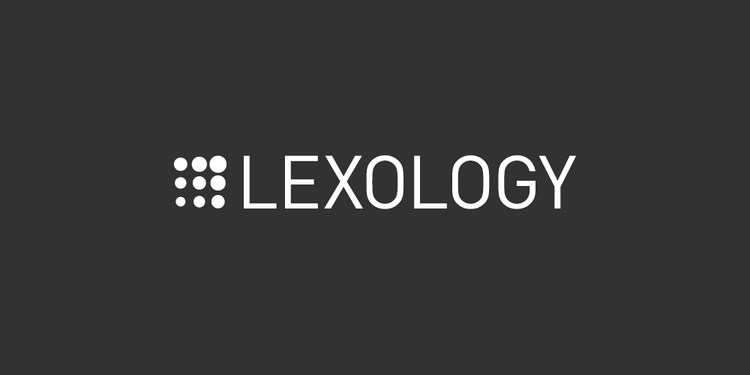Discovery is not a one-way street. Most plaintiffs concede that much. But they push hard to make defendants travel down a super-highway while traffic from plaintiffs bumps along an unpaved country lane. The truth is that it will never be an even playing field in drug and device litigation, or any corporate litigation. Defendants are companies with hundreds or thousands of employees, millions of pages of emails/chats, and extensive electronic information networks. Plaintiffs meanwhile typically possess very few documents related to their health and medical treatment. Those are in the possession of the healthcare providers. But it is in those medical records that defendants often find information critical to the defense; evidence such as alternative causes or other risk factors. So, discovery of plaintiffs’ medical histories is crucial. A fact recently acknowledged in In re Cpap, 2023 Dist. LEXIS 227871 (W.D. Pa. Nov. 13, 2023).
Plaintiffs brought medical monitoring claims alleging an increased risk of 11 different types of cancers and 13 types of respiratory conditions due to “exposure to hazardous toxins” from recalled medical devices. Id. at *1. Defendants served interrogatories and document requests seeking information and documents about plaintiffs’ medical histories and previous exposures. Plaintiffs objected and argued they should only have to produce records from physicians who prescribed the medical devices at issue and only going back 5 years. Id. at *2. The court disagreed with plaintiffs.
Defendants’ discovery requests broke down into five categories: (i) those related to the recalled devices; (ii) those related to plaintiffs’ general medical history; (iii) those related to other risk factors; (iv) those related to health insurance; and (v) those related to how the requested medical monitoring differs from standard monitoring. Id. at *3-4. Plaintiffs’ primary argument for why discovery should be limited to the first category was that their claims were based on exposure to defendants’ products only, not on their medical history or preexisting exposure. But that would require completely overlooking two essential elements of plaintiffs’ claims.
In addition to proving the exposure to a hazardous substance caused by defendants’ negligence, medical monitoring claims require causation: “as a proximate result of the exposure, plaintiff has a significantly increased risk of contracting a serious latent disease.” Id. at *6. Plaintiff also has to establish that the “prescribed monitoring regime is different from that normally recommended in the absence of exposure.” Id. The court found that it was a matter of “common sense” that these elements render at least some discovery of plaintiffs’ medical histories relevant. For example, a medical condition that pre-existed the exposure at issue would be relevant to whether the exposure “substantially increased” the risk of future disease. Likewise, if a plaintiff’s healthcare provider previously advised monitoring for one of the medical conditions at issue, that would be relevant to whether that monitoring is duplicative of what plaintiff wants defendants to pay for.
Plaintiffs had no case law to support their argument that the court should allow discovery related to the “prongs of the liability test that focus on defendant’s conduct, and ignore the others, including the causation element.” Id. at *8. That would be a one-way street. The opinion summarizes several key cases demonstrating just the opposite; that some discovery of plaintiffs’ medical histories is appropriate. Id. at *9-13.
While plaintiffs lost on their core position that the only relevant medical discovery was related to their claimed exposure to the recalled devices, the court did not grant defendants’ motion to compel in its entirety favoring a tiered approach to medical discovery to protect sensitive information. The court ordered that plaintiffs answer interrogatories about their medical histories generally and produce medical records related to any treatment or testing for any of the pleaded cancers or respiratory conditions. Plaintiffs also have to respond to interrogatories about their other risk factors like tobacco use, family history, and occupational risks. Id. at *14-16. For now, defendants’ broader requests for medical records are denied without prejudice pending plaintiffs’ interrogatory responses. If the responses reveal potentially relevant pre-existing conditions or monitoring, defendants can issue revised, tailored document requests. Requests for health insurance records were also denied as unlikely to add to the information to be provided in the medical records. Finally, the court left it to plaintiffs to either provide medical authorizations through which defendants can request records directly from healthcare providers or to obtain the medical records themselves and produce them to defendants. In other words, if plaintiffs want to assume the burden, they are entitled to the same right to review records for responsiveness and privilege before producing them. Id. at *17.
Defendants did not get everything they wanted, but they at least got the court to pave the lane so that getting critical discovery is not so bumpy a path.
This article was written by Michelle Yeary of Dechert LLP










































